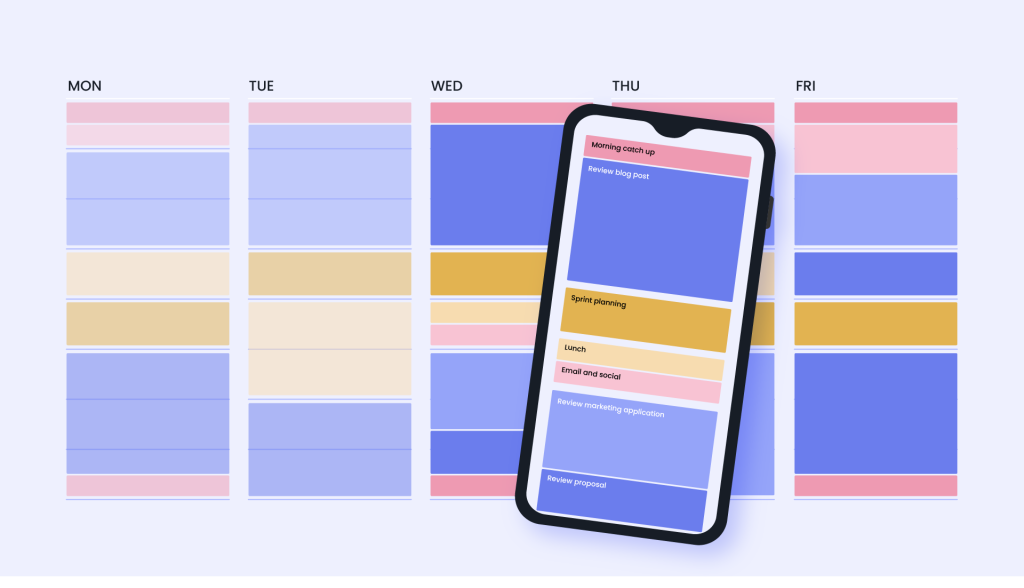Table of Contents
A short session can still feel smart when choices are clear and repeatable. This guide keeps language plain and the steps small, so a reader can pick a goal, act with calm, and see proof on the screen. The focus is on habits that hold under real life – crowded networks, dim screens, and late evenings – without hype or guesswork.
One outcome per session
A session with a single outcome stays focused and easier to finish. Pick one concrete result that fits fifteen minutes – survive one wave longer, unlock a core upgrade, or practice a single mechanic until it feels natural. Translate that outcome into three on-screen cues you can read at a glance. Keep the cues near the place where decisions happen. If a game shows stamina ticks, treat them as a metronome. If it tracks resource caps, stop adding load once the cap is in sight and spend down before the next spike. When the plan has one outcome, one rhythm, and one feedback loop, the hand moves less, the eye travels shorter distances, and progress compounds across the week.
Clear wording helps the loop. Use the same names the UI uses, so actions land faster and edits drop. A short check of this website aligns labels, common move orders, and risk cues with what the device will show. With terms matched, the next step reads like a small promise you can keep in one pass. That alignment reduces stalls, keeps the loop honest about time, and supports a steady routine without adding complexity.
Turn screen data into simple signals
Screens already report what matters – health, position, cooldowns, resource flow – but raw numbers can blur under pressure. Convert them into short “if/then” triggers that live where the thumb works. If health falls under a fixed line, shift to safe actions until recovery. If a lane crowds on repeat, switch routes at the next refresh instead of forcing a slow push. Tie checks to a light cadence that fits a phone – two quick reads and one longer move per minute – so choices land inside real windows rather than on hunches. When signals are plain and local, variance shrinks, mistakes cost less, and sessions feel calmer even when pace rises.
Reduce friction on phones and desktop
Friction hides in layout and wording. Place the main action in the thumb zone and keep labels short so they stay readable at low brightness. Cache the last state so brief drops do not erase inputs. Keep notification style quiet during play – status that informs without stealing the screen. Write a microcopy that predicts what a tap will do and confirms it with a compact receipt. On desktop, let progress sit in the window with a small toast on completion. These are small choices, yet they remove stalls and protect attention during busy hours.
Thumb-zone micro-moves that save time
Design around common holds. Keep the primary button above the keyboard with a single, literal verb. Park the secondary action beside it, calmer and smaller, to prevent stray taps. Put the most error-prone fields high on the page where focus is fresh, and fix mistakes inline with plain words. Allow code autofill when it’s available and keep manual entry visible because real networks lag. When hands travel less and eyes scan shorter paths, accuracy rises and mental load drops – a quiet gain that adds up over a week.
One-minute preflight that prevents stalls
The best prep is short and repeatable. Run the same small check before play so the session starts clean and stays that way. This is about removing the most common blockers, not tuning every setting. Treat it like a pocket routine that fits between messages and loads.
- Battery above 20% and 1–2 GB free so updates and caches land cleanly.
- Stable Wi-Fi or strong data, with heavy cloud sync paused during the session.
- Quiet notifications on, marketing toggles off until chosen on purpose.
- Controls mapped, so the main action sits under the thumb without reach.
- Auto-save or quick resume, confirmed to survive short drops.
Records that teach the next move
Improvement needs feedback that matches the loop. After each session, write one line with three parts – what was trained, what changed on the screen, and what to adjust next time. Anchor numbers to in-game counters over a fixed window, such as five minutes or three waves, so comparisons stay fair. If a path adds survival time or smooths income, note the delta and the context. If a move fails, record the condition and the fix rather than a story. Review once a week, update the single outcome for the next block, and carry one friction fix forward. With vocabulary aligned, signals made simple, and proofs kept close, sessions feel composed – steady actions, readable results, and progress that fits daily life.
